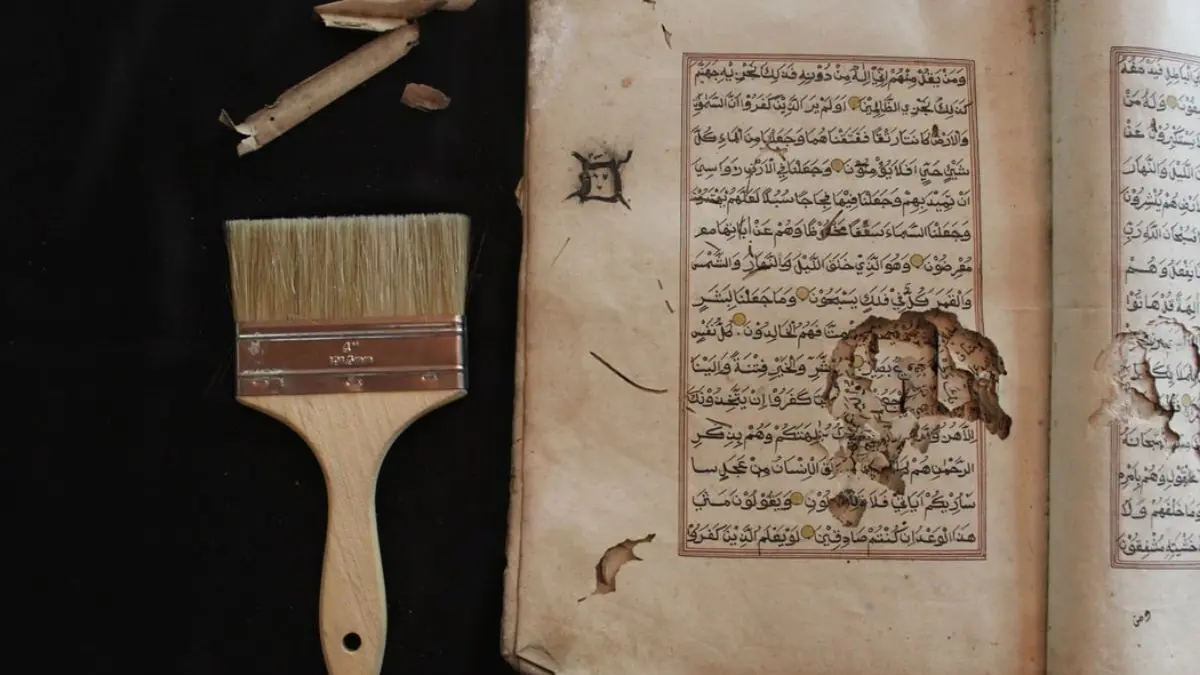The world’s most mysterious manuscript is only two hundred and forty pages long. The Voynich Manuscript is written by an unknown author, in a language that no one can seem to decipher. Its content is largely unknown, and even the subject matter really is up for debate. It has been studied through the centuries and has become famous for being indecipherable.
A mystery that no one has been able to solve, the Voynich Manuscript is every Cryptologists’ dream come true. Too bad none of them can decipher it!
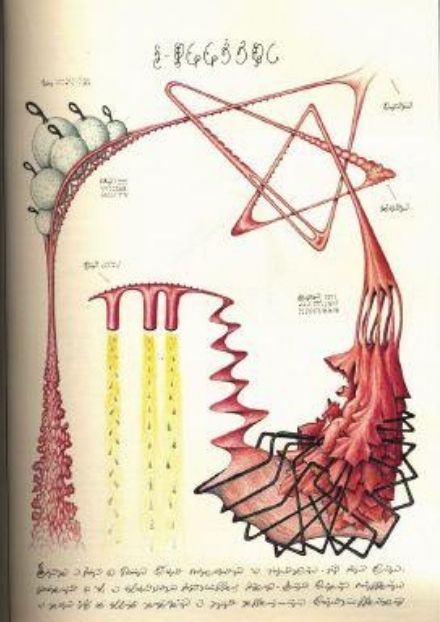
History of the Voynich Manuscript
Currently the manuscript is being held in Yale’s rare book and manuscript collection. After being held there for a period of time, the pages were eventually carbon dated, and it was estimated to have been created near the 15th century. More specifically its believed to have been written in Italy during the Italian Renaissance.
More recently, historians got ahold of the book in 1912 when Wilfrid Voynich rediscovered this manuscript. He promptly named it after himself, and even went so far as to name the mystery language after himself as well. Modern cryptographers have kept the name the Voynich Manuscript, and refer to the language as “Voynichese”.
Many experts have studied and tried to decipher this language throughout the years; when studied it was determined to have all the markers of a functional language. Groups of letters appeared in a constant frequency, and it shows patterns and consistencies that only appear with existing languages. Some letters are borrowed from other languages, but otherwise Voynichese has many unique letters of its own.
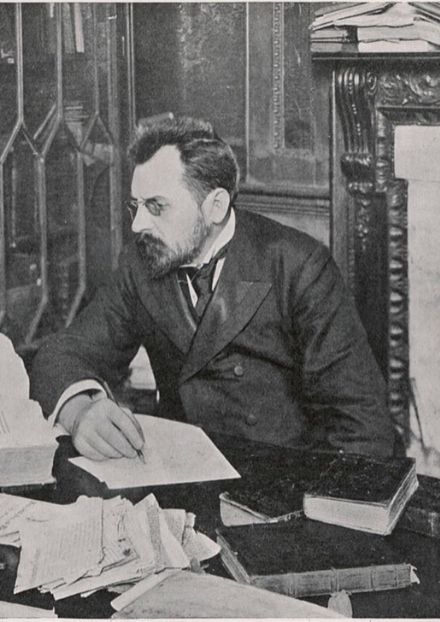
However, evidence suggests that the Voynich Manuscript did not just appear in 1912. We see it mentioned throughout history; Holy Roman Emperor Rudolph II bought this manuscript and believed it to be the work of Roger Bacon, the English philosopher. It’s assumed that the emperor acquired this manuscript from astrologer John Dee.
John Dee owned numerous Roger Bacon manuscripts, which is why its believed that the Emperor assumed that Bacon was the author. Emperor Rudolph then passed the manuscript to Jacobus Horcicky de Tepenecz, his persinal physician. The exchange here was noted on the manuscript and can be viewed only under a uv light. From here, the Voynich Manuscript came to Johannes Marcus Marci (a Bohemian scientist) who then gave it to Athanasius Kircher (a German scholar).What happens after this is largely speculated.
The manuscript only reappears in 1912 when Wilfrid Voynich buys the manuscript from the Jesuit College in Rome. In 1969 it was given to the Beinecke Library by H. P. Kraus (a world renowned rare book dealer), who had purchased it from Voynich’s widow following his death in 1930.
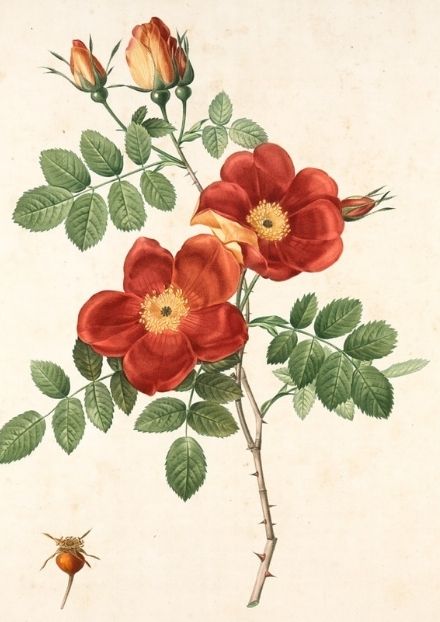
As you can see, there are many instances of purchases and trades of the Voynich Manuscript, and its often unclear where it specifically circulated and for how long. However, one thing is clear; it was a manuscript many wanted and paid dearly to have.
Illustrations Found in the Voynich Manuscript
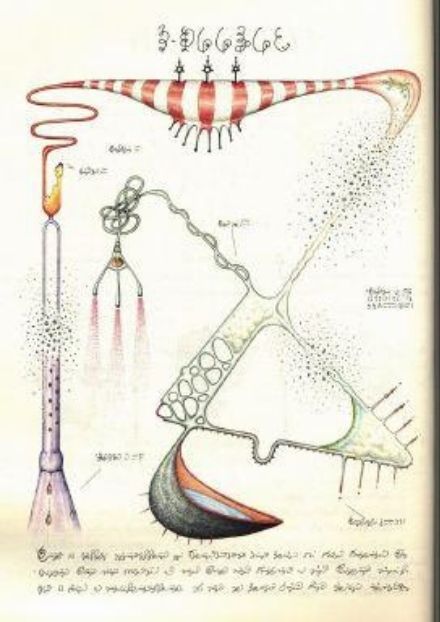
The Voynich Manuscript is highly decorated. Covered in gorgeous and haunting illustrations of plants, some which are identifiable and others a mystery. These illustrations are vibrant and bold, covering almost every page and being so distinct that they are a large part of the reason that the book is mainly classified as a magical or scientific text.
By studying the illustrations, researchers have broken the manuscript into 6 sections:
- Botanicals
- This section has one hundred and thirteen unknown species of plants inside.
- Astronomical and Astrological
- Contains drawings of zodiac symbols (Taurus , Pisces, and an Archer), sun and moon drawings accompanied by charts, and naked women coming out of chimneys or pipes, along with courtly figures.
- A Biology Section
- Shows drawings of naked women who are seemingly pregnant.
- Nine Cosmological Medallions
- Thought to represent geographical layouts and covers many pages. There are even folded folios of these drawings.
- Pharmaceutical Drawings
- One hundred different herbs, roots, and medicinal plants portrayed.
- Pages and Pages of Texts With Little Stars Next to Them
- Believed to be recipes of some kind.
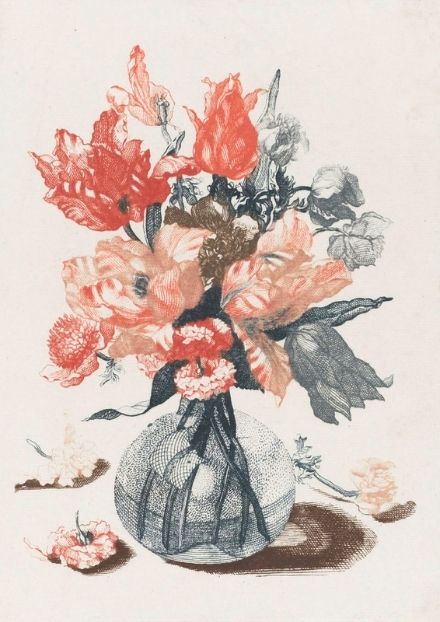
The Voynich Manuscript Is Still A Mystery
The Voynich Manuscript is one highly intriguing piece of literary history! After seeing this ted talk video, I promptly spent several hours reading about this historical anomaly. Modern technology is seemingly solving many past mysteries, yet we can not find any concrete information about the manuscript. Even AI technology-which is highly effective at detecting and discovering new patterns from other languages-has yet to crack the code.
There is an interesting article here that goes into more detail about how it’s believed that in fact Hebrew is the base language for the Voynich Manuscript, but potentially and older version of Hebrew that modern linguists do not have knowledge of. As technology advances and more knowledge is acquired, who knows what we may discover.
The world is full of mysteries and unsolvable paradoxes, but the Voynich Manuscript is definitely topping the charts for me. One things for sure; the day the code is cracked the cryptography community will be jumping for joy!

